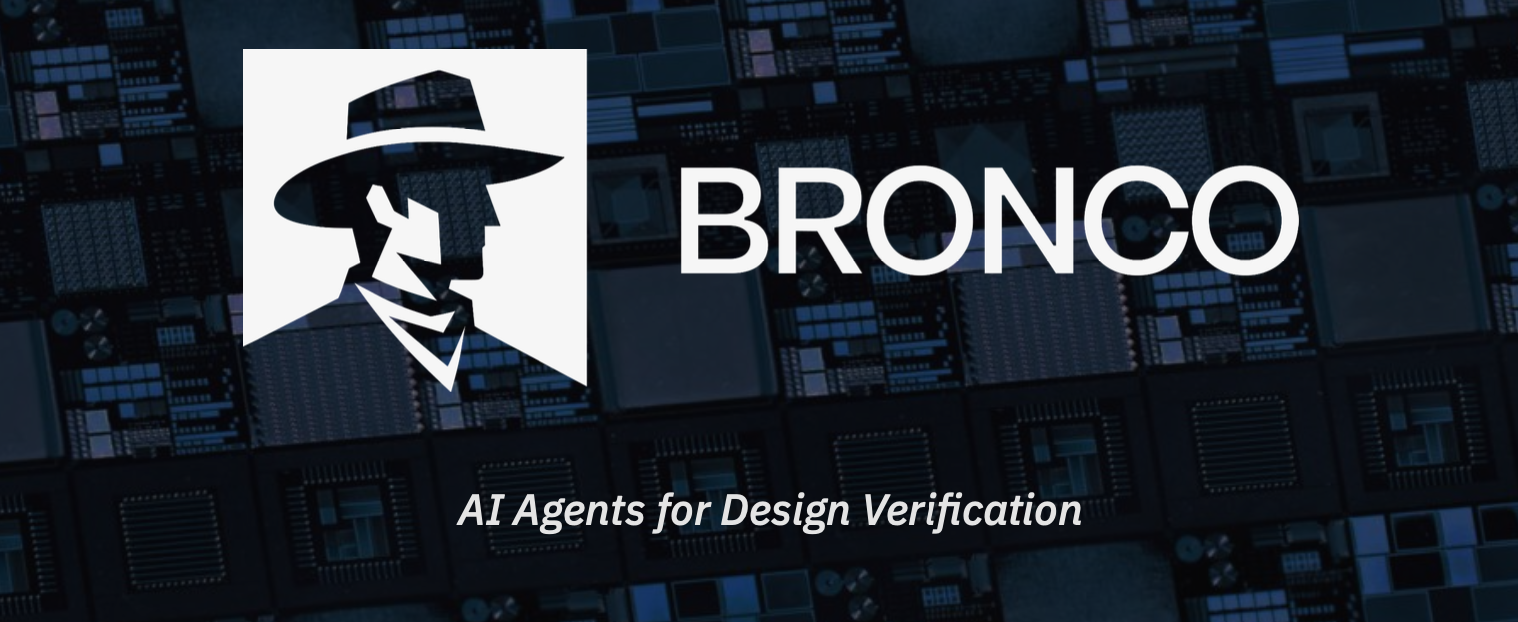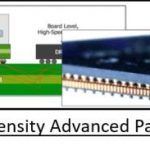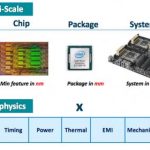You are currently viewing SemiWiki as a guest which gives you limited access to the site. To view blog comments and experience other SemiWiki features you must be a registered member. Registration is fast, simple, and absolutely free so please,
join our community today!
IP Diligenceby Bernard Murphy on 07-20-2017 at 12:00 pmCategories: Consensia, EDA
I hinted earlier that Consensia would introduce at DAC their comprehensive approach to IP management across the enterprise, which they call DelphIP (oracle of Delphi, applied to IP). I talked with Dave Noble, VP BizDev at Consensia to understand where this fits in the design lifecycle.
IP management means a lot of different things.… Read More
A key application for embedded FPGA (eFPGA) technology is to provide functionality for specific algorithms — as the throughput of this implementation exceeds the equivalent code executing on a processor core, these SoC blocks are often referred to as accelerators. The programmability of eFPGA technology offers additional… Read More
Last month at DAC I met up with Michael Munsey of Methodics to get a quick update on what has been happening over the past 12 months within his company, and he quickly invited me to watch an archived webinar on their latest tool for IP Lifecycle Management called Percipient. I love to play the board game Scrabble, so i had to Google the … Read More
Thursdays at the Design Automation Conference (DAC) are always a good time to catch up on areas of technology which are adjacent to that which you normally work. The exhibit floor is over and you have more time to spend in seminars. At this year’s DAC, I took advantage of a half day seminar put on by Mentor, a Siemens business, … Read More
The fabless movement was instrumental in disaggregating the semiconductor industry. Vertical product development at the chip and system level has given way to a horizontal structure over the years. This organization of product development has been doing an admirable job of delivering extremely reliable products. However… Read More
Skipping over debates about what exactly changed hands in this transaction, what interests me is the technical motivation since I’m familiar with solutions at both companies. Of course, I can construct my own high-level rationalization, but I wanted to hear from the insiders, so I pestered Vic Kulkarni (VP and Chief Strategist)… Read More
I recall back in the late 1980’s when logic synthesis tools were first commercialized, at first they could read in a gate-level netlist from one foundry then output an optimized netlist back into the same foundry. Next, they could migrate your gate-level netlist from Vendor A over to Vendor B, giving design companies some… Read More
Memory is always a critical resource for a System-on-Chip (SoC) design. It seems like designers are always wanting more memory, and the memory they have is never fast enough to keep up with the processors, especially when using multi-core processors and GPUs. To complicate matters, today’s SoC architectures tend to share memory… Read More
Boeing will begin testing pilotless jetliners in 2018. Yes, the future of air travel may include planes without pilots. Just computers and calculations to get passengers safely to their destinations. Advances in Artificial Intelligence (AI) is opening up possibilities to make flying safer, more consistent, easier to manage,… Read More
I have previously published analysis’ converting leading edge logic processes to “standard nodes” and comparing standard nodes by company and time. Recently updated details on the 7nm process node have become available and in this article, I will revisit the standard node calculations and trends.… Read More












Quantum Computing Technologies and Challenges